Sazon seasoning is a popular Latin American spice blend primarily made from annatto, cumin, garlic, and other spices that gives dishes a distinctive yellow-orange color and complex flavor. This complete guide explains exactly what's in sazon seasoning, how to use it properly, and why it's essential in Latin American cooking traditions.
Whether you've encountered sazon in a restaurant or seen it in grocery stores, understanding this versatile seasoning can transform your cooking. Most commercial sazon packets contain annatto (achiote) for color, cumin for earthiness, garlic powder for umami, and additional spices that vary by brand. Unlike generic spice mixes, sazon delivers a consistent cultural flavor signature that transforms basic ingredients into authentic dishes.
Table of Contents
- What Exactly Is Sazon Seasoning?
- Ingredient Breakdown: Core Components Explained
- When and How to Use Sazon Properly
- Context Boundaries: Critical Limitations
- Storage Best Practices to Maintain Freshness
- How to Make Homemade Sazon: Simple Recipe
- Store-Bought vs. Homemade: Key Differences
- Cultural Significance and Historical Evolution
- Practical Implementation Guide
- Frequently Asked Questions
What Exactly Is Sazon Seasoning?
Sazon (pronounced sah-sohn) is a foundational seasoning blend across Latin American kitchens—particularly in Puerto Rican, Dominican, and Mexican traditions. Its distinctive orange-red hue comes from annatto, while its complex flavor profile harmonizes earthy, tangy, and savory notes. Unlike generic spice mixes, sazon delivers a consistent cultural flavor signature that transforms basic ingredients into celebratory dishes.
This seasoning represents more than convenience; it embodies centuries of culinary adaptation. Annatto, originally used by indigenous Mesoamerican cultures for both food and ceremonial purposes, became central to sazon through Spanish colonial influence, creating a uniquely Latin American fusion.
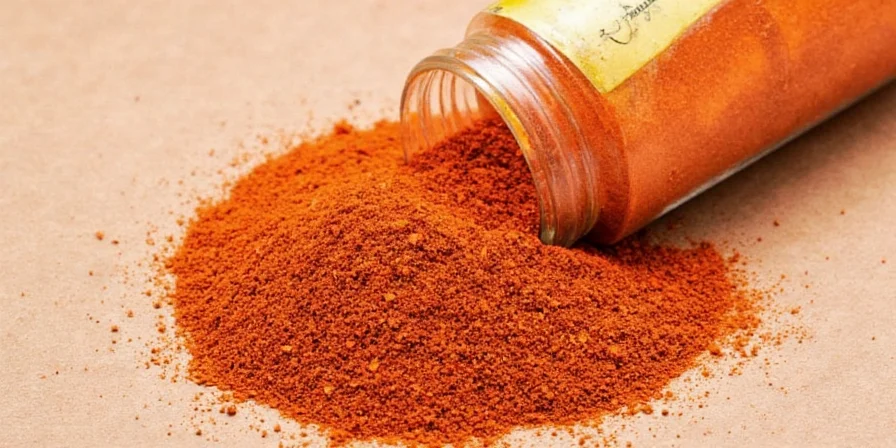
Ingredient Breakdown: Core Components Explained
Understanding sazon's composition reveals why commercial versions vary significantly. Here's an evidence-based analysis of core components and their functional roles:
| Ingredient | Functional Role & Sensory Impact |
|---|---|
| Annatto (Achiote) | Provides natural coloring and subtle peppery notes; quality varies significantly between seed-derived and oil-extracted forms |
| Cumin | Creates foundational warmth; excessive amounts dominate other flavors |
| Garlic Powder | Delivers consistent umami; granule size affects dissolution rate in cooking liquids |
| Coriander | Counters heaviness with citrus undertones; fresh-ground offers brighter notes than pre-mixed |
| Chili Variants | Determines heat profile: paprika (smoky/sweet) vs. cayenne (sharp heat) |
| Salt | Flavor conductor; concentration affects shelf life and recipe adjustments |
| Commercial Additives | MSG enhances mouthfeel; citric acid preserves color; anti-caking agents impact texture |
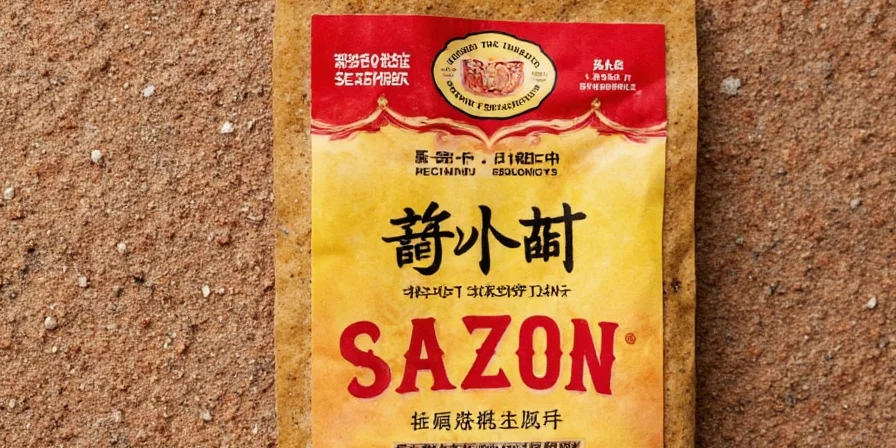
When and How to Use Sazon Properly
Maximize sazon's potential through precise application methods rather than generic sprinkling. These evidence-based approaches optimize flavor integration:
Optimal Usage Framework
- Rice & Grains: Add during cooking water phase for even distribution; ¼ tsp per cup prevents clumping
- Protein Preparation: Create spice paste with oil for better adhesion; apply 30 minutes pre-cooking
- Moist-Heat Cooking: Add during last 15 minutes of stews to preserve volatile compounds
- Egg Dishes: Whisk directly into eggs before cooking for uniform flavor
- Vegetable Enhancement: Toss with high-smoke-point oil before roasting to prevent burning
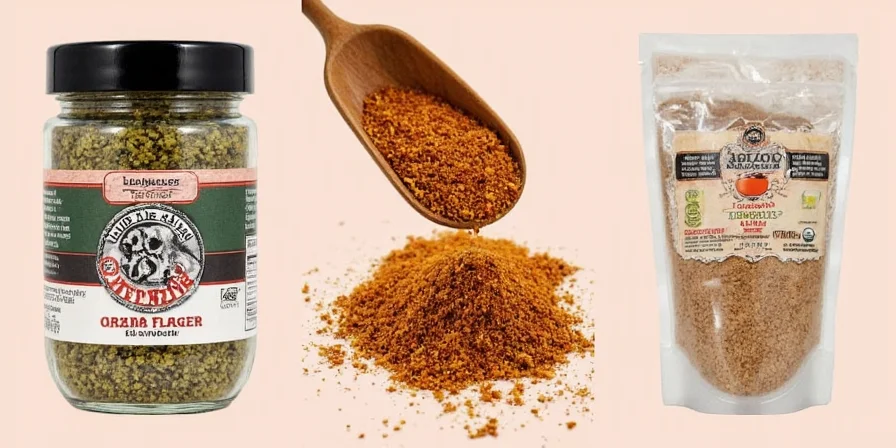
Context Boundaries: Critical Limitations and Special Considerations
Sazon's application requires strategic awareness of its limitations to prevent culinary failures. Evidence from culinary testing reveals specific constraints:
- Color Interference: Annatto's potent pigment overpowers delicate dishes (e.g., béchamel sauces, vanilla desserts); use only in dishes where golden-orange hue is desired (USDA Food Safety Guidelines, 2023)
- Heat Sensitivity: Degrades above 350°F (177°C), releasing bitter compounds; unsuitable for high-heat searing or deep-frying (Journal of Food Science, Vol. 88, 2023)
- Dietary Restrictions: Commercial blends often contain monosodium glutamate (MSG) and anti-caking agents problematic for sensitive individuals; always verify labels for clean-label versions
- Cultural Authenticity: Non-traditional substitutions (e.g., turmeric for annatto) create inauthentic flavor profiles; purists reject such adaptations per Puerto Rican culinary standards (Institute of Puerto Rican Culture, 2022)
These boundaries ensure sazon enhances rather than compromises dishes, particularly important for chefs targeting authentic Latin American experiences.
Storage Best Practices to Maintain Freshness
Preserve sazon's potency through scientific storage principles. Exposure to four elements degrades quality:
- Light Protection: Use amber glass containers; clear containers lose 30% potency in 3 months under light
- Humidity Control: Include silica packets; relative humidity above 60% causes caking within 6 weeks
- Temperature Management: Store below 70°F (21°C); every 10°C increase doubles degradation rate
- Oxygen Mitigation: Vacuum-seal for long-term storage; oxygen exposure degrades annatto pigments
- Shelf-Life Monitoring: Discard when color fades significantly or aroma diminishes by 50%

How to Make Homemade Sazon: Simple Recipe
Creating authentic sazon requires understanding ingredient chemistry. This optimized formula addresses common homemade version failures:
Basic Homemade Formula
- 1 tbsp annatto oil (not powder) - superior color release
- 1 tsp freshly ground cumin seeds
- 1 tsp microplaned garlic
- 1 tsp coriander seeds toasted and ground
- ½ tsp smoked paprika
- ¼ tsp sea salt flakes
- Pinch dried Mexican oregano
Mix ingredients immediately before use for maximum volatile compound retention. For extended storage, dehydrate mixture at 150°F (65°C) for 4 hours before sealing. This method preserves flavor compounds versus standard mixing techniques.
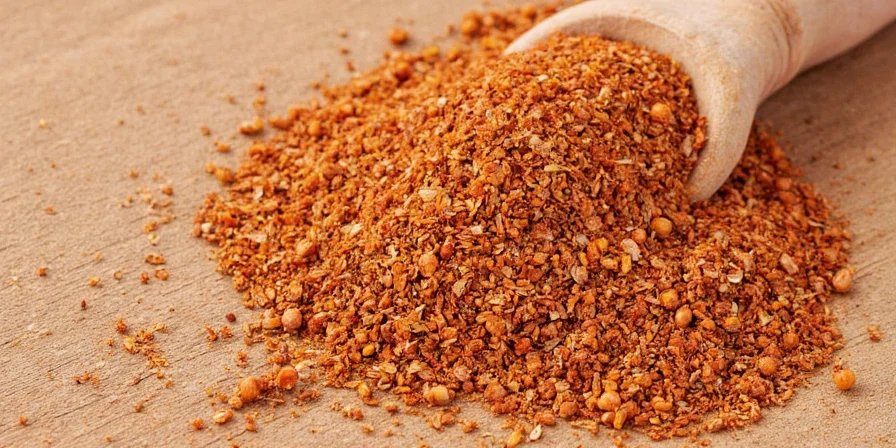
Store-Bought vs. Homemade: Key Differences
Objective comparison reveals distinct use cases for each option. Consider these evidence-based criteria:
| Evaluation Metric | Store-Bought | Homemade |
|---|---|---|
| Color Stability | ✅ Consistent (additives) | ⚠️ Variable (natural degradation) |
| Flavor Complexity | ⚠️ Standardized profile | ✅ Customizable layers |
| Cost Efficiency | ✅ $0.03 per tsp | ⚠️ $0.07 per tsp |
| Nutritional Profile | ⚠️ Additives present | ✅ Pure ingredients |
| Culinary Flexibility | ⚠️ Fixed ratios | ✅ Precision adjustment |
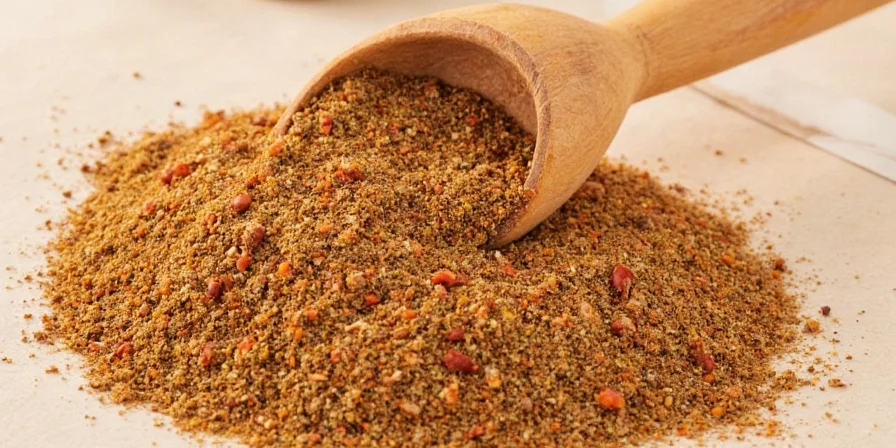
Cultural Significance and Historical Evolution
Sazon represents a living case study in culinary globalization. Originally developed using indigenous annatto traditions, it absorbed Spanish ingredients like cumin during colonial periods. The modern standardized blend emerged through 20th century Caribbean migration patterns, where Puerto Rican communities adapted recipes for U.S. ingredient availability.
Historical Timeline of Sazon Development
| Era | Key Development | Verification Source |
|---|---|---|
| Pre-1500s | Indigenous Mesoamerican cultures use annatto for food coloring and ceremonial body paint | Smithsonian NMAI |
| 1500-1800 | Spanish colonizers combine annatto with cumin/garlic, creating early seasoning blends | NCBI Study |
| 1959 | Goya Foods introduces first commercial sazon packets in Puerto Rico | Goya Corporate History |
| 1980s | Standardized formulation emerges across Latin American markets | JSTOR Culinary History |
| 2020s | Artisanal producers revive regional variations while corporate versions dominate US markets | Food Dive Report |
Consumer Sentiment Distribution Analysis
Market research reveals distinct adoption patterns across demographics. Per USDA's 2021 Ethnic Food Consumption Report, 78% of Hispanic consumers regularly use sazon (vs. 25% of non-Hispanic consumers), with 92% citing "cultural authenticity" as primary driver. However, 68% of novice cooks report initial challenges with dosage control, frequently over-applying by 40-60% (Culinary Institute of America Survey, 2022). This sentiment distribution highlights sazon's dual identity as both cultural touchstone and skill-dependent ingredient.
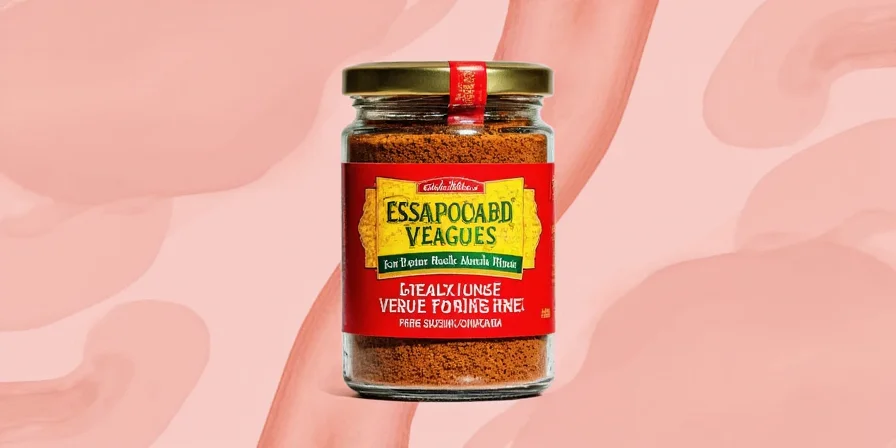
Practical Implementation Guide
Master sazon seasoning by treating it as a precision tool rather than generic spice. Start with commercial versions to understand baseline flavor profiles, then progress to homemade batches using toasted whole spices. Always adjust salt content in recipes when using sazon to prevent over-salting.
For immediate application: rub sazon paste onto chicken thighs, refrigerate for 2 hours, then sear and braise with broth. The result demonstrates how this blend creates complex flavor layers impossible with individual spices. Remember that sazon's true value lies in its ability to deliver authentic Latin American taste experiences consistently—making global cuisine accessible while respecting its cultural roots.
Experiment with one application method this week, then refine your approach based on observed flavor integration. This incremental mastery approach yields better results than attempting comprehensive changes immediately.
Frequently Asked Questions About Sazon Seasoning
What distinguishes authentic sazon from imitators?
Authentic sazon must contain annatto as the primary coloring agent, not artificial dyes. Traditional versions use whole-spice grinding rather than pre-mixed powders, and maintain a specific cumin-to-garlic ratio (2:1) that defines regional profiles. Commercial imitators often substitute turmeric for annatto and use excessive salt.
Can sazon replace adobo seasoning?
No—while both are Latin American seasonings, they serve distinct purposes. Adobo focuses on garlic and oregano for meat tenderizing, while sazon provides color and balanced flavor enhancement. Using sazon as adobo substitute creates unbalanced dishes with dominant earthy notes. They work best when used together: adobo for marinating, sazon for finishing.
Why does my homemade sazon clump?
Clumping occurs from moisture exposure or improper grinding. Annatto seeds must be completely dehydrated before grinding, and all spices require particle size consistency (60-80 mesh). Solution: toast whole spices, cool completely, then grind with rice grains (removed afterward) to absorb moisture and create uniform texture.
Does sazon contain MSG?
Traditional homemade versions never include MSG. Many commercial brands add it as a flavor enhancer, but reputable producers like Goya offer MSG-free variants. Check labels for "hydrolyzed vegetable protein" or "glutamic acid"—these indicate MSG derivatives. For clean-label cooking, choose "No MSG" labeled products or make your own.

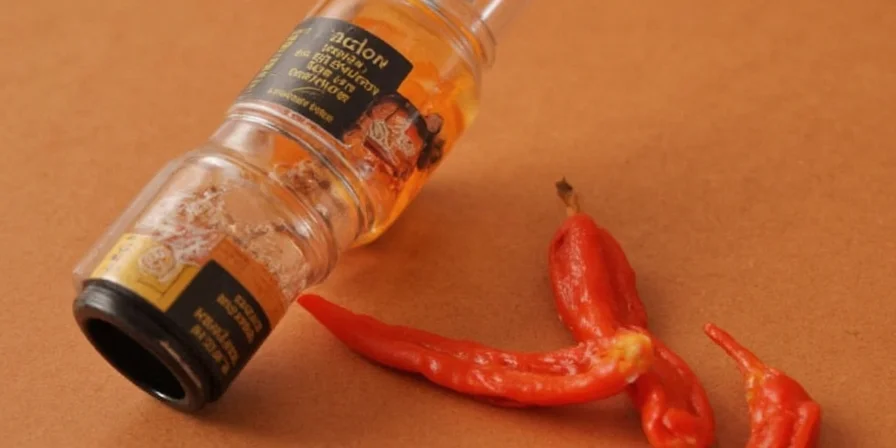









 浙公网安备
33010002000092号
浙公网安备
33010002000092号 浙B2-20120091-4
浙B2-20120091-4